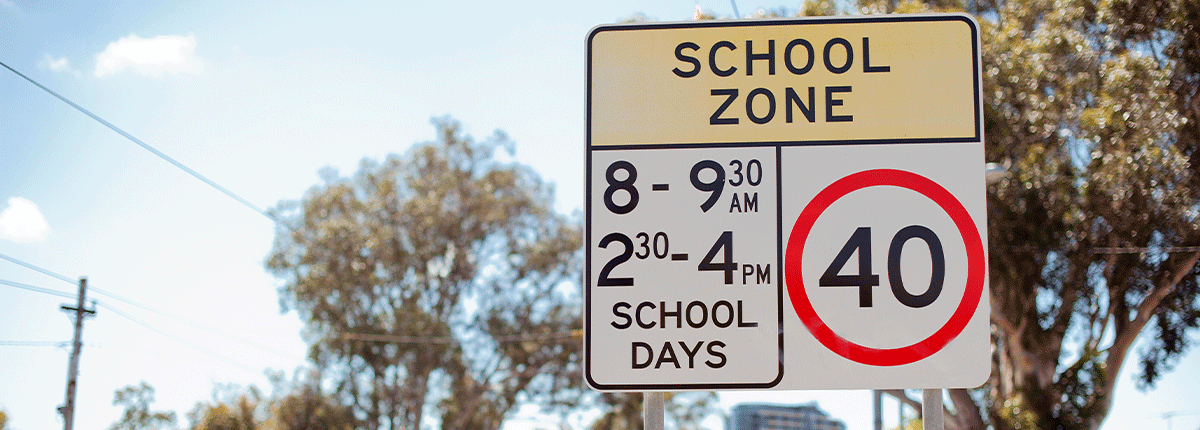
Poor Driver Eyesight: 1 in 5 Australian Drivers Can’t See Road Signs
5 MAR 2020
Eye health
A recent Optometry Australia survey reveals some startling facts about the difficulty drivers have seeing road signs.
The 2020 Vision Index report revealed that 19% of drivers, aged 35 to 54, struggle to see road signs when they’re driving during the day. At night the problem gets worse, with 25% admitting that they find it hard to read signs. This is a very startling fact and shows that the dangers of poor driver eyesight, especially at night, is a very concerning issue.
The serious dangers of poor driver eyesight
Not being able to see road signs obviously has serious safety issues.
Optometrist Sophie Koh, the national professional services adviser for Optometry Australia, is not surprised by the high figures. She believes there is “a myriad of reasons why people experience blurry vision when driving”.
Although many people struggle to see because they either need glasses, or are updating their existing ones, there are non-glasses related reasons for blurred distance vision when driving home after a long day in the office such as “dry eyes and eye fatigue due to prolonged near work during the day,” says Koh.
People age 35 to 54 also start to develop common preventable eye diseases, such as early cataracts, glaucoma and age-related macular degeneration.
“Cataracts, for example, at its early stages, causes increased glare sensitivity when driving at night. People in this age group may complain of more glare from car headlights, which affects their clarity and confidence when driving.”
Eyesight requirements to attain a driver’s license
Australian drivers in most states need to read an eye chart to pass the vision test in order to receive a driver’s licence. They also need to disclose if they have vision problems that could affect their ability to drive safely.
Eyesight issues must be listed as a condition on your licence in NSW, Victoria, SA and WA. If you have a condition listed on your licence and are found to be driving without glasses or contact lenses you could be fined or may receive demerit points.
“I think the public needs to be more aware that good vision for life is not just about how far down you see on an eye chart,” says Koh.
If you’re having trouble seeing road signs or you’re squinting to “see better”, like 22% of people do at night or 15% during the day, you need to book an eye test with your local optometrist to have your eyes checked.
Don’t risk it on the road, book an eye examination for a piece of mind
A visit to your optometrist will help you understand why you are struggling to see clearly when you’re driving. It is recommended that people under 40 have their eyes tested every two to three years, while people 40-65 should see their optometrist every two years and those over 65 should be tested annually.
If you are having troubles seeing roads signs visit your local Eyecare Plus practice to book your next eye test.
Book an appointment with
your local Eyecare Plus
Optometrist today.

